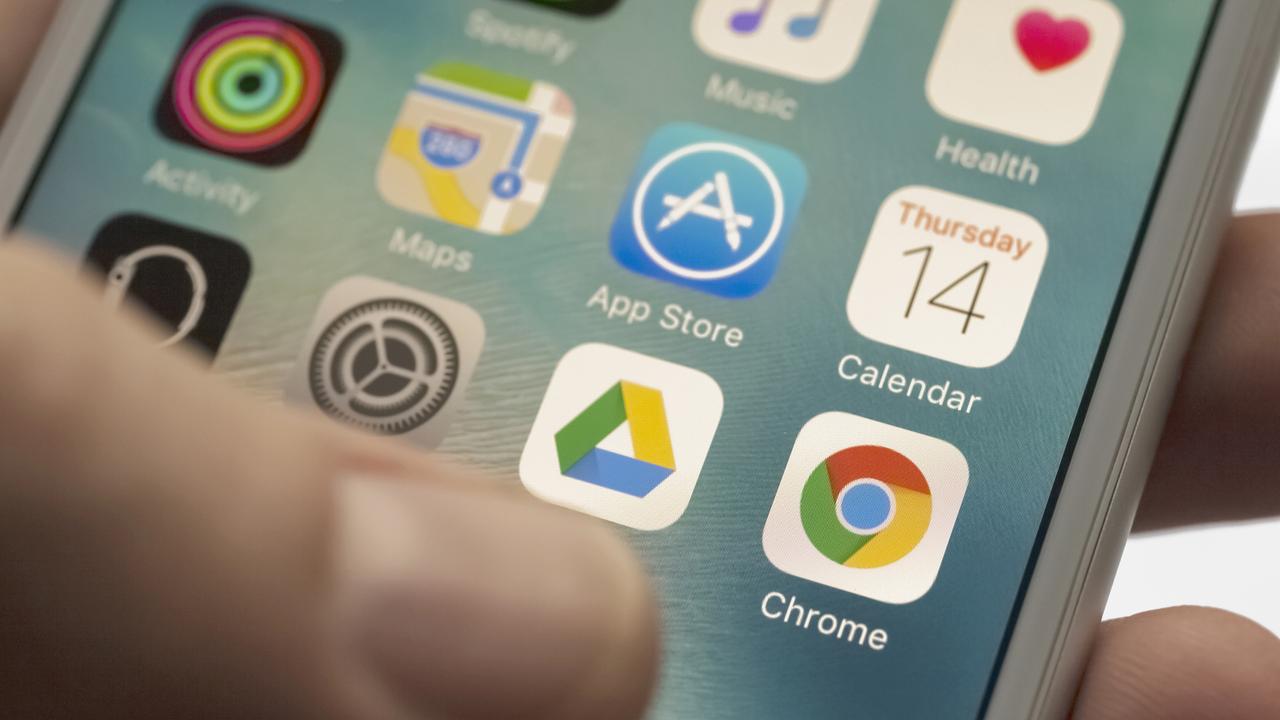iPhone 16 Photographic Styles: Top shooters give their best tips
An Australian and New York photographer have shared some of their best tips for using the new game-changing feature in the iPhone 16 phones. SPECIAL FEATURE
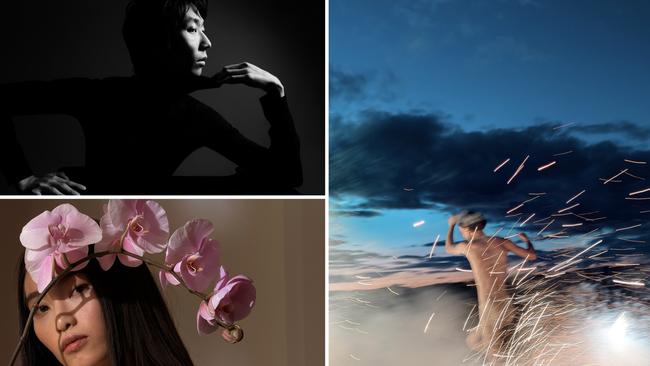
Smartphone
Don't miss out on the headlines from Smartphone. Followed categories will be added to My News.
What makes the perfect photo?
Is it the framing or composition? The subject? The lighting, the shadows, the tone, the starkness of contrasts or the vividness of colours?
The answer is all of the above.
But it is also subjective and highly personal.
A look or style of photo you may love, others may think is too washed out or over done.
In an Instagram world where how you look seems more important than whether you are actually enjoying the moment, adding filters, adjusting colours and tones can take forever.
You can spend more time trying to ‘edit’ your life than actually live it.
That’s where computational photography comes in.
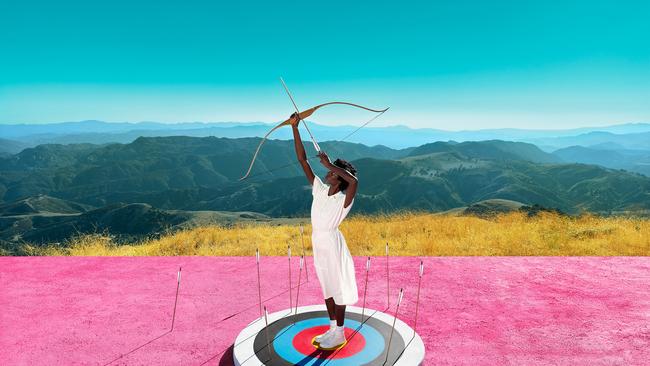
Smartphone companies like Apple, Samsung, and Google are creating better and faster ways to improve the photos you take without you even knowing it.
And for those of us who like to go even deeper, new advances like Photographic Styles, in the latest Apple 16 phones, really take it to the next level – often with just a swipe.
We caught up with three key Apple people to delve into what has been a 17 year journey in iPhone photography since the best camera is the one in your pocket revolution started in 2007.
Jon McCormack is Apple’s Vice President, Camera and Photos Software Engineering, a man who knows more than most about the need to balance authenticity and creativity.
Pamela Chen, Chief Aesthetics Scientist for Camera and Photos, explains how some of the styles now featured date back to looks in photos first loved in the 1800s.
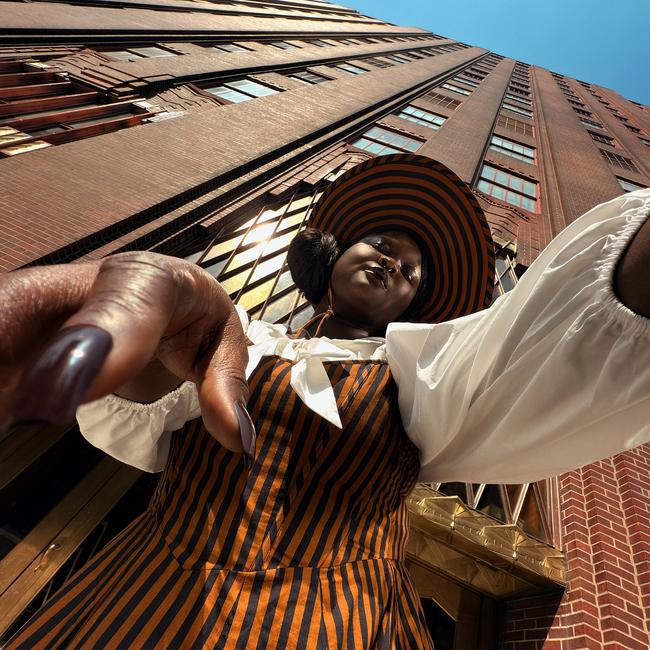
Jeremy Hendricks, iPhone Senior Product Manager, says Apple had made adjusting light, colour and shadows in photos, easy for everyone.
With more than a dozen Photographic Styles on offer, each of which can be finetuned, you can quickly create looks that would otherwise take photographers hours to achieve editing in Photoshop or Lightroom.
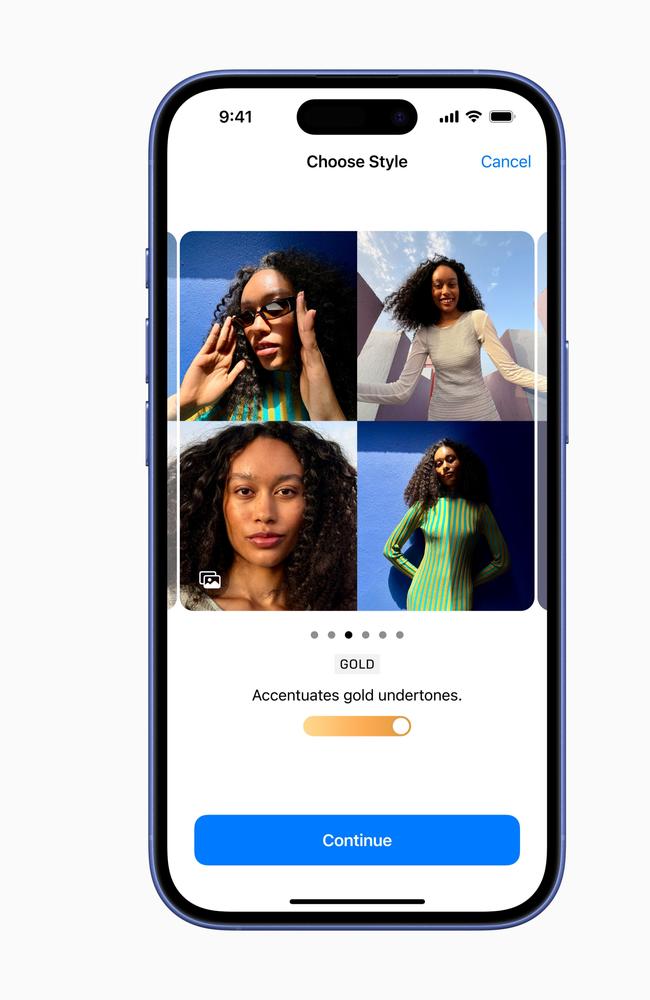
“It really is colour grading happening in real time,’’ Hendricks says.
And if you like a particular style, you can set it as your default.
For example, cosy provides a great warm look, while natural is great for those wanting a less processed looking shot.
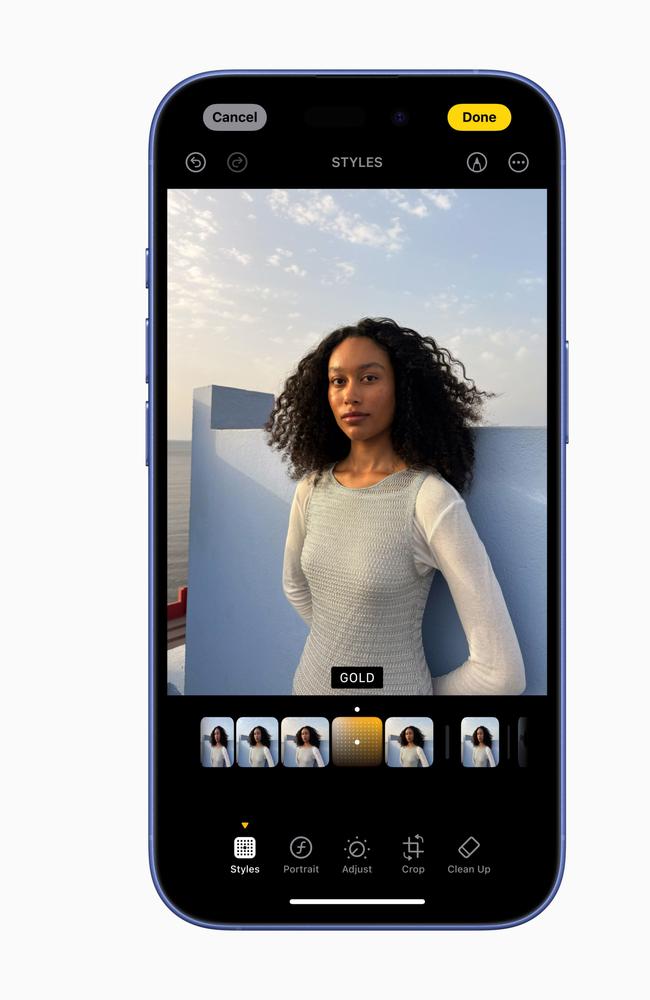
I love seeing the bright colours of a sunrise so gold or amber really add to the vivid appeal, highlighting even more the golden hour of the morning or afternoon sun.
Then there are real ‘out there’ looks like luminous, which takes the purples and bright colours of the digital age as the starting point.
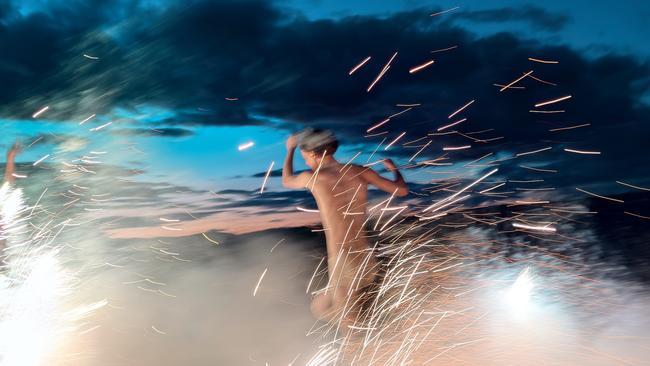
A control pad and intensity slider means you can customise the look as much (or as little) as you want.
What is really clever about what Apple has done is that there is a balance of tone and colour throughout the whole photo, something that is hard to achieve, even for a professional photographer.
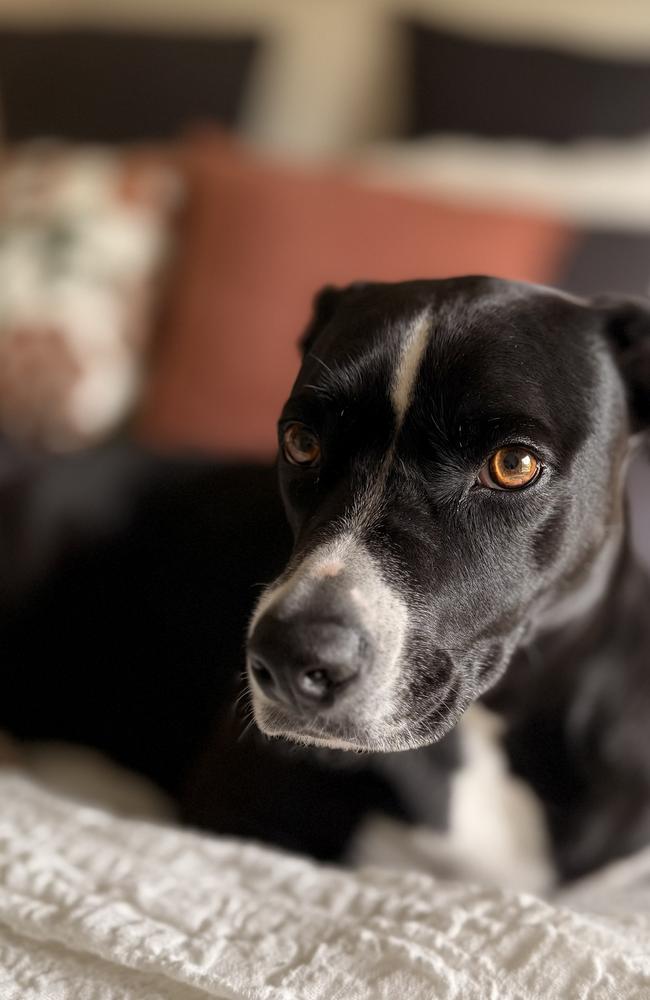
Skin tones, for example, are notoriously difficult to work with.
If a filter or style was applied right throughout the photo, including skin tones, the end result can be pretty nasty.
That’s where next generation computational photography, powered by much faster processing and better chips, comes in.
Over the years, as millions of people take billions of photos using the iPhone, it becomes better at recognising the different parts of an image – right down to hair strands, skin tones and teeth.
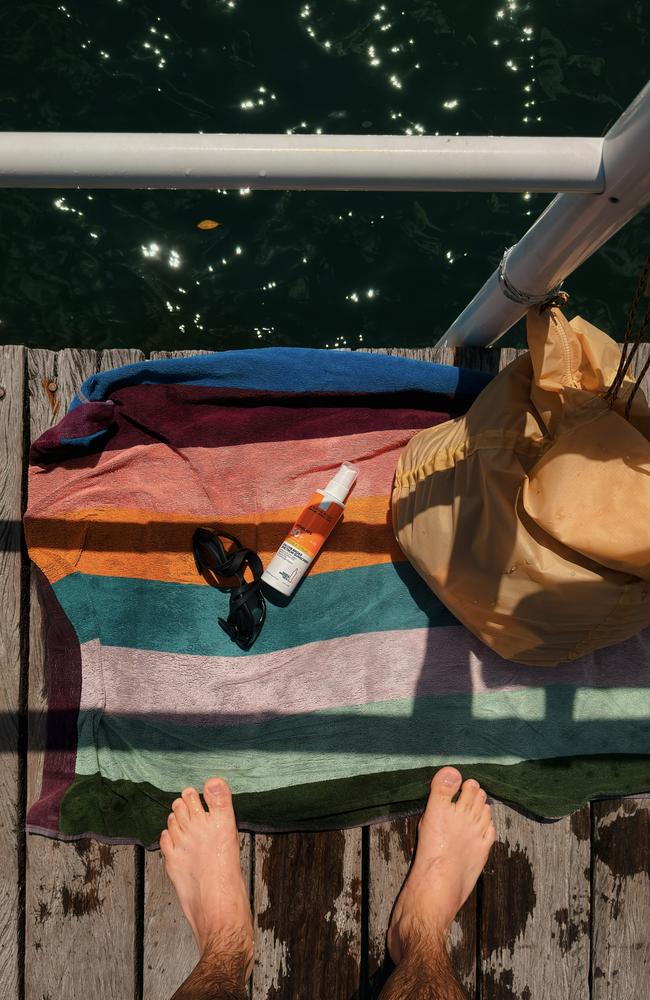
That means the starting point for your photos is a lot, well smarter.
With Photographic Styles there are a lot more looks you can create with your photos.
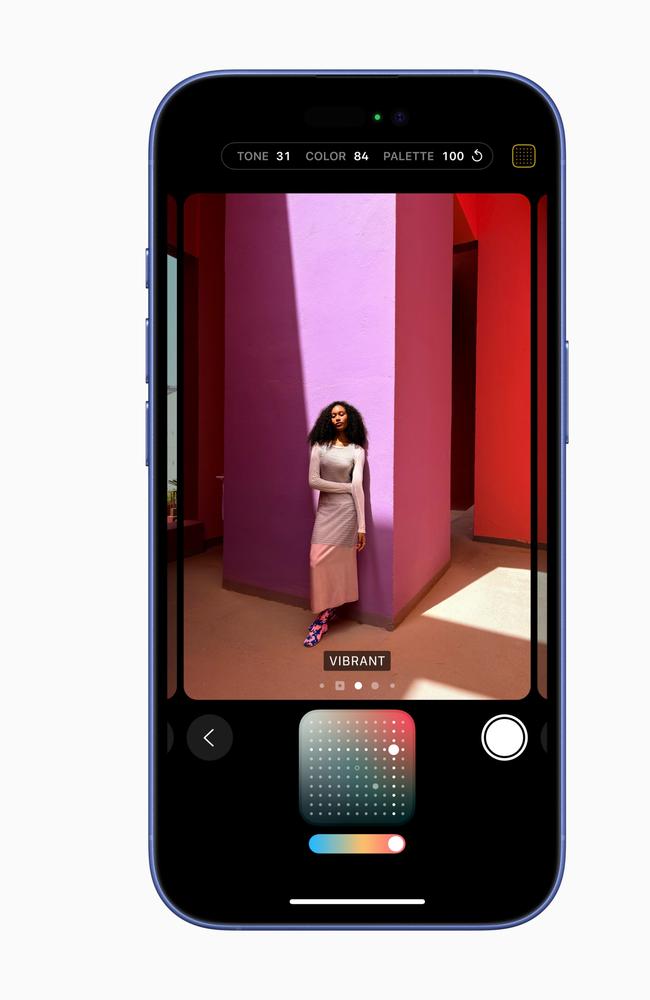
For example, even a spectacular sky on a stormy afternoon can take on new colours by applying different styles.
And the key to all is that it is really meant for people to explore and experiment with.
Have a play, have some fun.
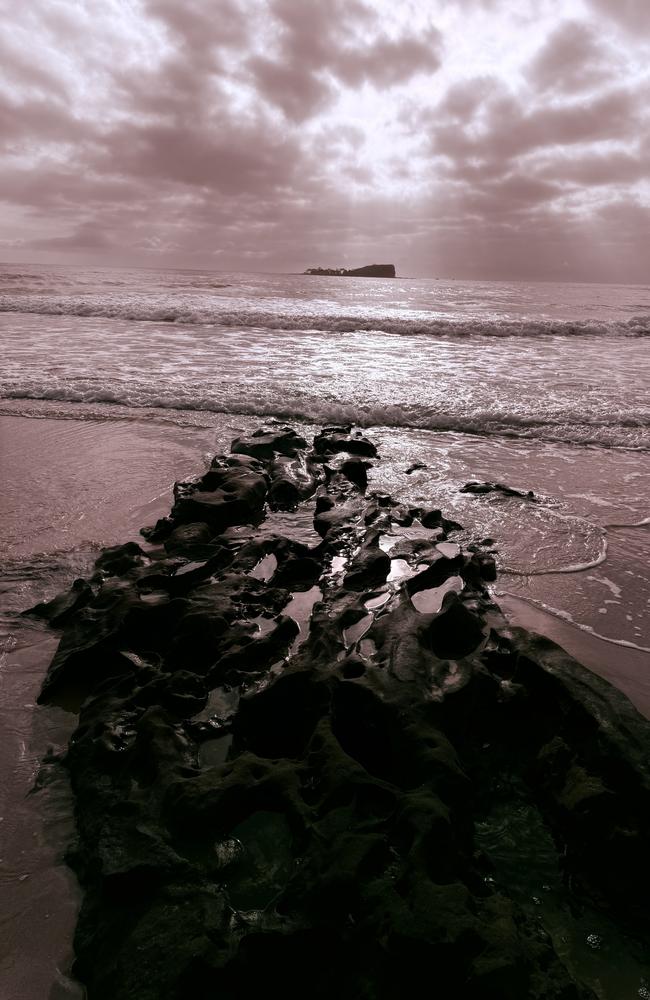
As McCormack says: “What looks great to one person looks horrible to another person
“Ultimately photography is all about self expression
“It’s really to give you as a photographer all the control.’’
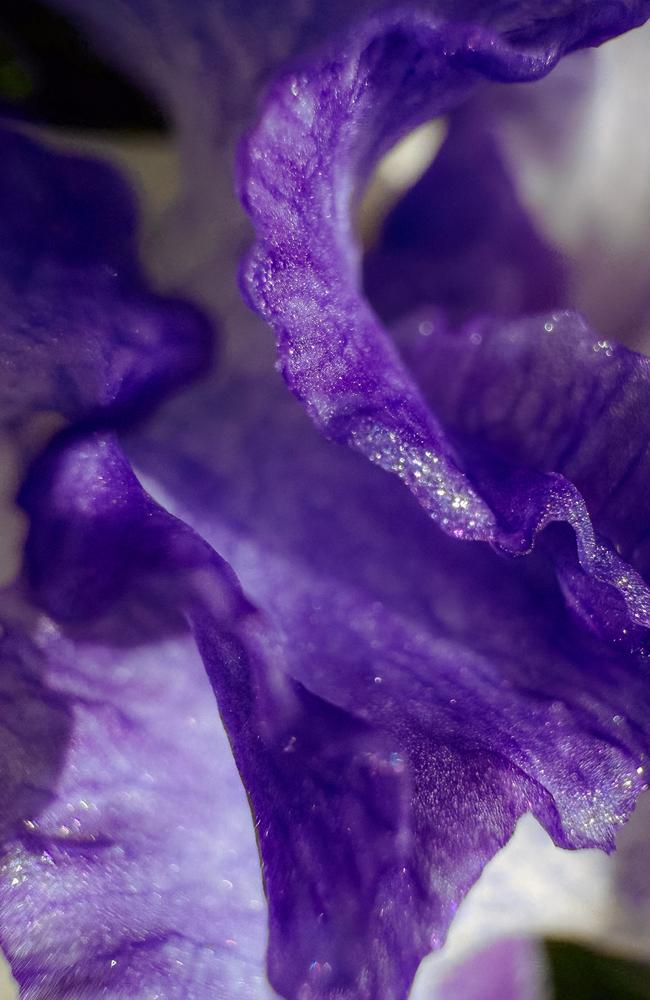
The addition of Photographic Styes has meant that Apple has had to rethink the whole pipeline of computational photography, moving the tone and colour adjustments from the middle to the end of the pipeline.
It means that changes you make to your photos can be easily reversed, even well after you have edited them.
A real time view on screen means you can flick through the styles as you are taking the photo to see what works for your situation.
I took a photo of my dog the other day, for example, as she was sitting with my wife as I was leaving the house.
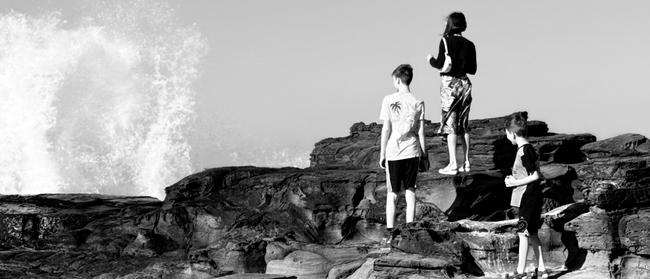
The lighting was all wrong (I was shooting toward the sun) but I loved the shot after I switched it to stark black and white.
Pamela Chen says Apple did a lot of research, delving into 200 years of photography, from the 1840s when people could start experimenting with photo looks in a dark room.
Apple was particularly keen to understand why people take photos and what they like about them.
A big change came of course from the 1900s with the rise of the 35mm format which made photography more portable.
Digital cameras, allowing us to actually preview photos, came in the 1990s, while in 2007 the iPhone came onto the scene, giving more people the power of visual storytelling.
It’s also meant a lot more photos are seen in the world and the rise of social media has meant even the art of photography has become appreciated by more.
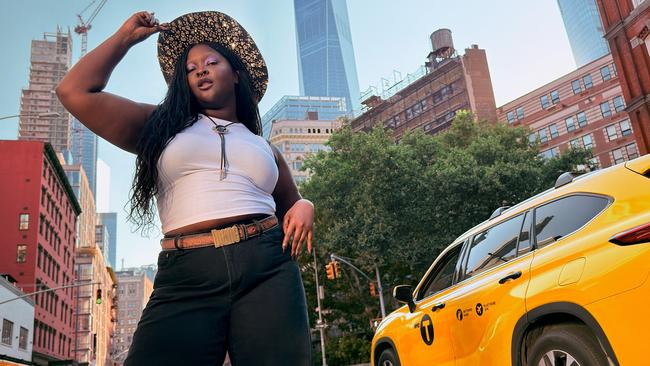
Chen says the question of skin tone and how people like to have themselves portrayed is particularly interesting and can be determined by where you grew up.
“What you like about pictures of yourself is deeply, deeply personal.’’
Styles like amber, gold, cool rose allow precision and artistry, controlling the way the camera is rendering light, colour and shadow.
Mood styles like quiet reflect the images of the 1800s when photographers were largely trying to impress painters, creating dreamy, impressionist scenes.
“We tracked this look over time and realised it never went out of style,” Chen says.
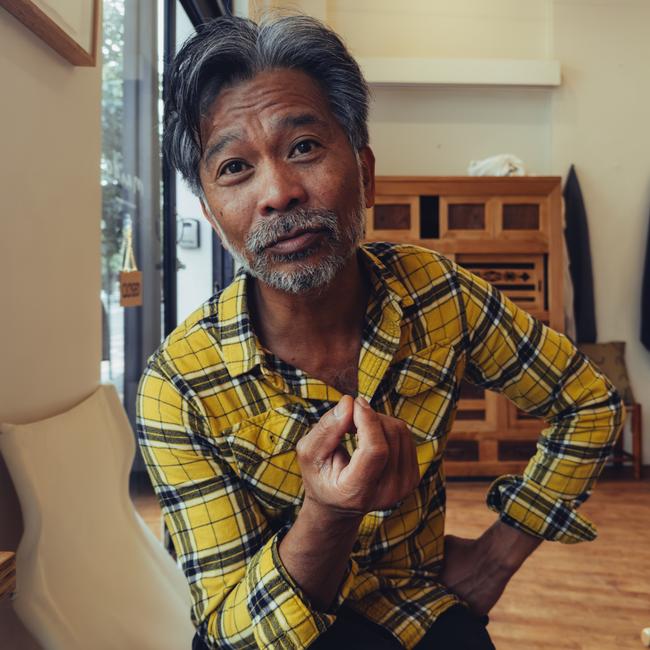
Luminous include colours that are uniquely digital including soft rainbow colours, lavender and mint.
Hendricks says next generation Photographic Styles offer something for both the experienced photographer and someone just wanting to share the very best photos of their family.
“Everybody knows what a good photograph looks like now,’’ McCormack adds.
“It’s just like me and wine. I don’t know much about wine but I know a good wine.”
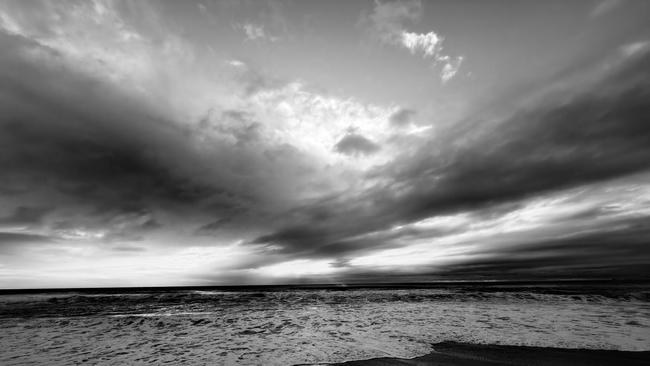
“Ultimately photography is about self expression.
“It is super important that we give you a starting point that reflects reality.”
Rather than having gimmicks like adding a ball to a beach scene, it’s about pumping up the mood of the photo to reflect that it was ‘such a vibrant, fun day’.
“There is no such thing as bad light,’’ McCormack says.
“It’s a question about what decisions you make around that light.”

TIPS FOR USING STYLES FROM TOP PHOTOGRAPHERS
Sydney-based photographer Giuseppe Santamaria said Styles is broken up into five ‘undertone’ styles on the left, then standard and then nine mood styles on the right.
“I tend to go for the moods and am a sucker for ‘Stark B&W’.
“It makes portraits look really beautiful and it’s really easy to adjust while shooting (or post shooting) so it’s tailored to your subject and its surroundings.”

“I look at Photographic Styles as colour grading made easy — the controls are incredibly user-friendly.
“Simply move the up and down on the pad to adjust the tone mapping, and move the left and right on the pad to adjust the colour.
“Moving up typically brightens the image appearance, while moving down evokes a more moody, cinematic feel.”
“If you create a Photographic Style that you really love and want to apply it to your other photos, tap the “…” icon in the top right while editing, and select “Copy Edits”, then select the photos you want to apply the edits to, tap the “ …” icon in the bottom right, and select ‘Paste Edits’.”
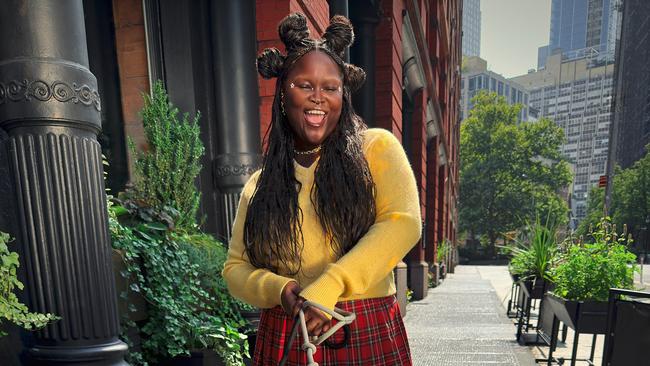
New York and LA beauty and fashion photographer Sarah Silver said she ‘loved telling stories, creating worlds on set and immersing myself in colour and details.
“Photographic Styles on iPhone 16 Pro Max allows me to dial in the exact tone, colour, and intensity I want, all while preserving the skin texture and undertones of my subjects.
“Not only can I express my creative vision without compromise, but the models I work with are also represented as they want to be seen.”
She said she had much fun exploring Styles during a recent fashion shoot on the streets of New York.
“Ethereal brought out the joy, making the happy colours even happier.
“Cosy was perfect for the end-of-day warm glow as the sun was setting, accentuating that magic-hour moment we’re always trying to chase. But my favourite style is Dramatic. I want to live in a Dramatic world!”
More Coverage
Originally published as iPhone 16 Photographic Styles: Top shooters give their best tips





